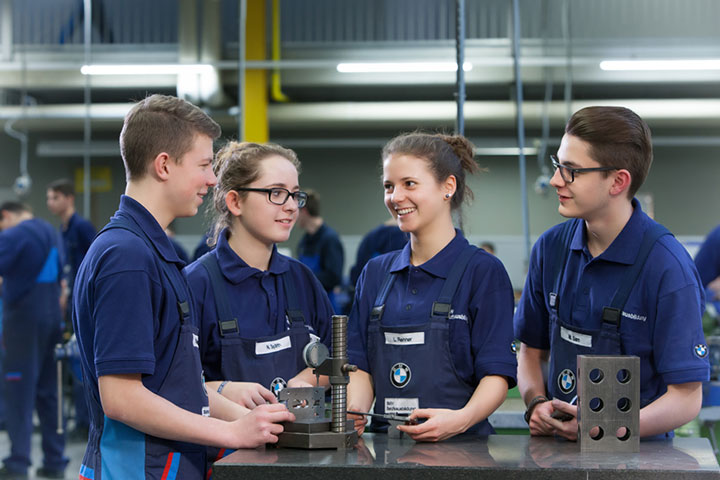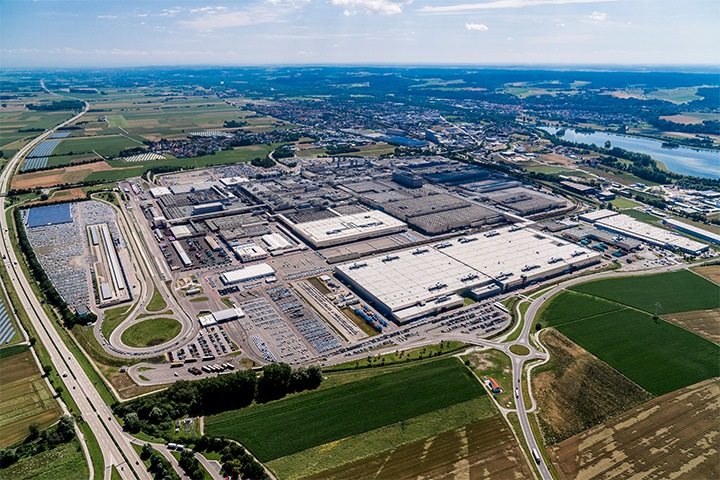Digitalisation is one of the key drivers for change in the automotive industry. The challenge for BMW Group production lies, on the one hand, in mastering and implementing the growing number of digital features in vehicles. On the other, it is also about optimally leveraging impactful innovations in the field of digitalisation to achieve even greater resource efficiency, quality and customer orientation in planning and production processes.
Within the framework of the BMW iFACTORY, DIGITAL is therefore a key enabler for target fulfilment in the dimensions LEAN and GREEN, i.e. for efficient, flexible and resource-efficient manufacturing processes. The three most notable action areas for digitalisation in production are the use of artificial intelligence, data science and virtualisation.







